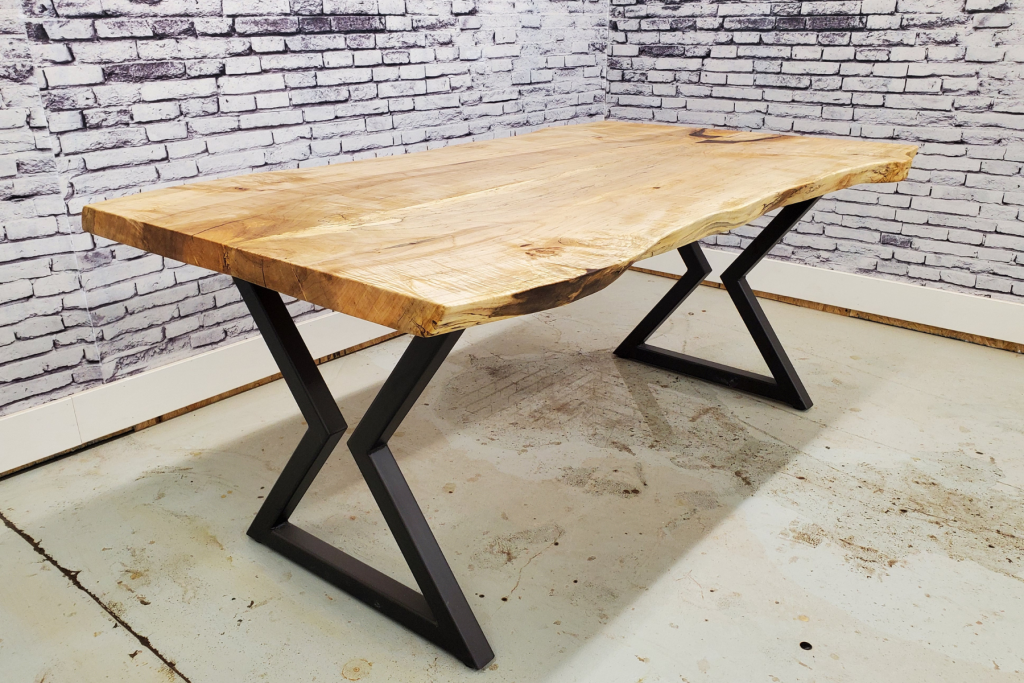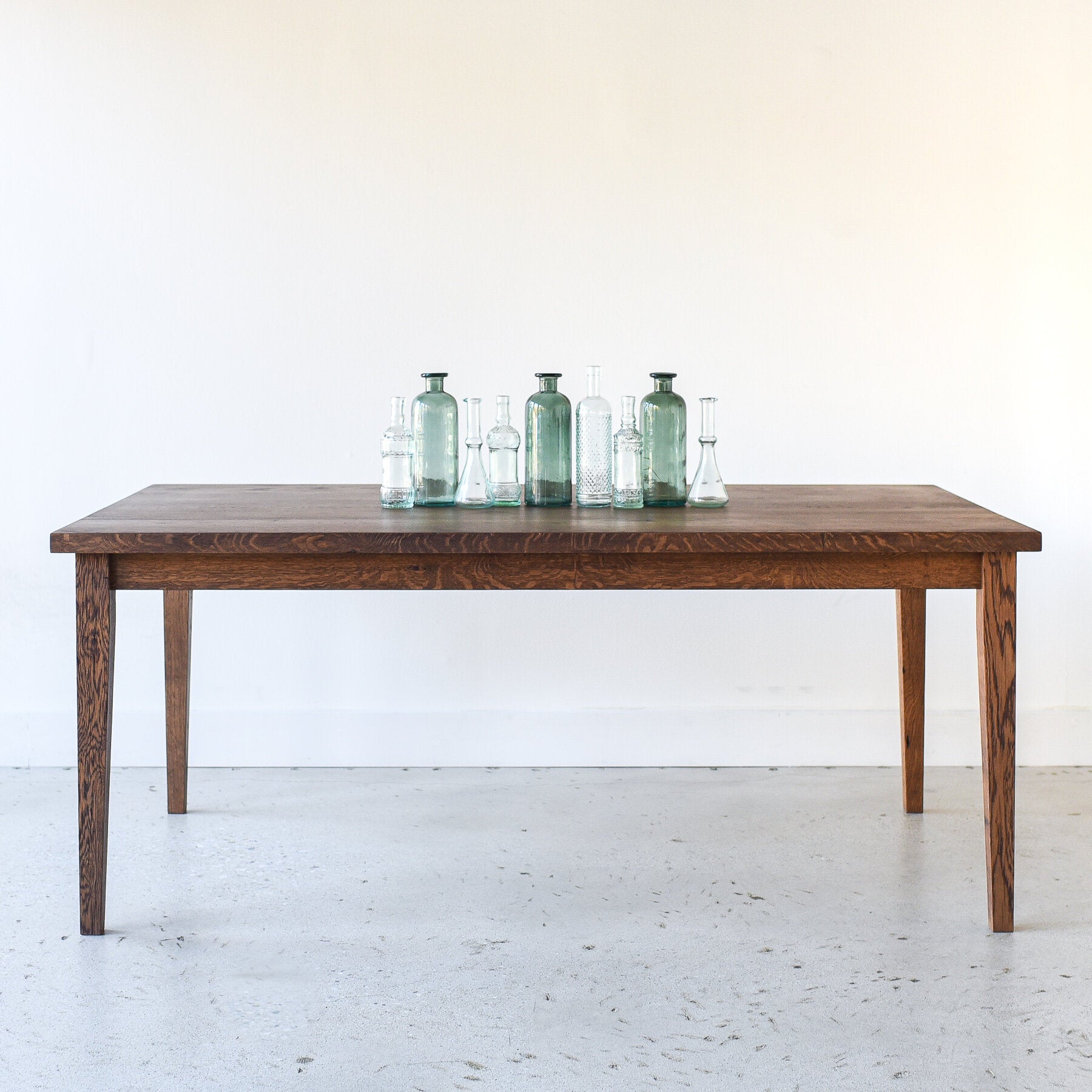Exploring the Different Types of Dining Table Legs Timber for Your Dining Space
The option of dining table legs timber can greatly influence both the useful and visual top qualities of your dining room. Strong timber choices, such as oak and walnut, provide a classic appearance with unmatched toughness, while crafted timber alternatives supply innovative layouts that mimic the richness of natural grains.
Solid Timber Options

Unlike engineered products, solid wood is less susceptible to warping and damage over time when effectively kept. Each piece of strong timber is distinct, showcasing private qualities that add to the beauty and character of the dining table.
Additionally, strong timber can be completed in many ways, ranging from natural oils to tarnished finishes, permitting property owners to individualize their furniture to match their style. In summary, picking strong timber for eating table legs not just ensures structural honesty but also boosts the aesthetic allure of the eating location, making it a worthwhile financial investment for any home.
Engineered Timber Alternatives

Plywood, created from numerous layers of wood veneer, is particularly strong and secure, making it an exceptional option for eating table legs. Its split composition permits it to stand up to adjustments in moisture and temperature level far better than traditional solid timber. MDF, on the various other hand, uses a smooth surface for painting or veneering, enabling developers to attain a polished appearance while maintaining structural honesty.
When selecting crafted timber alternatives, it is important to take into consideration the designated usage and desired visual. These materials not just boost the functionality of dining areas but also enable for better layout versatility, guaranteeing that conventional and contemporary styles can coexist sympathetically.
Reclaimed Timber Features
Redeemed wood uses a distinct mix of sustainability and personality, making it an increasingly prominent choice for eating table legs. Sourced from old barns, manufacturing facilities, and other frameworks, reclaimed timber personifies a history that new materials simply can not replicate. Each item lugs its very own story, marked by distinct flaws, knots, and varying grain patterns, which add to a table's one-of-a-kind visual charm.
Along with its visual charm, reclaimed timber is an environmentally friendly alternative. By repurposing previously utilized products, it reduces the need for new lumber, hence helping to lessen and conserve woodlands waste. This lines up with a growing consumer choice for lasting practices in decor.
Additionally, reclaimed wood is often extra durable than freshly gathered wood because of its age. The all-natural visit this site right here drying procedure that redeemed wood goes through lead to a denser and stronger product, making it less prone to warping and splitting. This improves the longevity of dining tables, permitting them to hold up against the roughness of daily use.
Softwood vs. Hardwood
When choosing table legs, recognizing the distinctions between softwood and hardwood is essential for accomplishing both aesthetic and functional goals. Softwoods, stemmed from coniferous trees, such as yearn and cedar, are identified by their lighter weight and click for source convenience of manipulation. They usually display an even more rustic appearance, making them ideal for laid-back or country-style eating rooms. Softwoods are generally less resilient than hardwoods, which can be a consideration for family members or those looking for longevity in their furniture.
On the various other hand, hardwoods, sourced from deciduous trees like maple, oak, and cherry, are renowned for their thickness, strength, and longevity. The complex grain patterns and abundant hues of woods provide a timeless and advanced allure, making them perfect for official dining setups. While woods have a tendency to be much more costly and much heavier, their resilience versus damage typically warrants the financial investment.
Ultimately, the selection between softwood and hardwood for eating table legs should align with your design vision, use requirements, and spending plan, ensuring that your dining space reflects your individual design while remaining useful in time.

Coatings and Treatments
The visual charm and long life of eating table legs can be significantly improved through different coatings and therapies. These procedures not only safeguard the wood from damages but also elevate its appearance, allowing it to match varied interior designs.
One common treatment is discoloring, which permeates the wood and enhances its natural grain while adding shade. Stains supply an abundant, stylish appearance, allowing home owners to match their furnishings with existing design. Alternatively, clear surfaces such as polyurethane or varnish produce a safety layer without altering the wood's initial shade, making sure longevity against wear and tear.
Additionally, natural oils, like tung or linseed oil, nurture the wood and use a subtle luster, all while being environmentally friendly. These oils enable the surface area to breathe, protecting against moisture build-up and potential warping.
For those seeking a rustic beauty, troubled or weathered finishes can be put on produce an aged look, adding personality to the item. Ultimately, the choice of treatments and coatings depends on individual choice, preferred looks, and the particular wood type, making it vital to take into consideration these variables when picking table legs visit this page for your area.
Verdict
Finally, the option of table leg materials substantially affects both the useful and visual aspects of a dining area. Strong woods, engineered choices, and redeemed alternatives each offer distinct advantages, providing to numerous preferences and demands. Comprehending the distinctions between hardwoods and softwoods, in addition to suitable surfaces and treatments, permits for educated decision-making. Eventually, the option of timber kind should line up with desired style, longevity, and environmental factors to consider, improving the general eating experience.
The option of eating table legs timber can greatly influence both the aesthetic and useful top qualities of your eating area - Dining Table Legs Wood. Solid timber choices, such as oak and walnut, provide a classic look with unrivaled sturdiness, while engineered timber options offer innovative styles that imitate the splendor of all-natural grains. Strong wood uses a classic high quality that can raise the total design of an eating area. Each piece of strong wood is one-of-a-kind, showcasing private features that include to the charm and character of the eating table
Moreover, recovered timber is commonly much more durable than newly collected wood due to its age.